Narrative In Wargaming Part 1: Tell Me A Story…
July 26, 2013 by crew
The imagination is a wonderful thing, the ability to direct our thought patterns outside of the mundane and scripted, to conjure fantastical scenarios and ideas is a talent not to be underestimated. It allows us to step outside of this pedestrian existence, to change our perception and become something new. But sometimes it needs a little help, sometimes we need something to base our imagination on. Not all of us are able to construct entire worlds from scratch, not everybody has the ability to construct all the intricacies of a fictional existence in their head. Thankfully when we are given a little framework most of us are capable of manifesting some form of imagination. We can expand upon already constructed universes, we can use characters already invented and apply them in new scenarios or create characters in environments and settings developed previously.
Not many of us could have come up with this. Most of us aren’t that sadistic
A deep developed background is paramount for any fictional IP. This has been recognized time and time again and applies across a variety of different media. Look at The Transformers. Without the Cybertronian background they are just robots that turn into vehicles. You could give the toys to a child sans background and expect their imagination to do the rest but to do so would be a fundamental disservice to the IP and doom the product to failure. After all a child’s imagination is almost limitless but children also get bored VERY quickly and without something to invest in will tire of and discard. But wait, make them Heroic Autobots and Evil Decepticons with character names and backgrounds and suddenly things change. They are fighting an aeons old civil war which has calamitously lead them all the way to Earth, adding grounding, and BOOM suddenly there is investment, something to get caught up in, there is interest. With the simple addition of narrative The Transformers IP’s value has increased almost exponentially. These days The Transformers is a sprawling entity with numerous TV shows, comics, and even a trilogy of blockbuster movies with a fourth in development. It has been going for 30 years, expanding the universe and cementing its place in popular culture. Not bad for a series of toy robots made by a nondescript Japanese toy company.
Optimus Prime: Not just another red robot
It’s the same in wargaming. Where would Warhammer 40,000 be without the background? It’s certainly the thing that has kept me playing all these years (and I admit I game nowhere near as much as I should.) Without the Imperium and the myriad of alien species that threaten it 40k could and would not exist. It’s the same for Warmachine and the Iron Kingdoms or Dystopian Wars with its convoluted steampunk pseudo-historical setting and global political machinations. We are fortunate enough to have these foundations to build upon and the nature of the universes in question means our potential for expansion and creation is almost limitless. So why not act upon it with the adding of narrative?
Artwork can be a great way to achieve narrative inspiration. Look at all the things going on here…
Let us focus on 40k for a moment as it is still the largest out there despite the steadily catching competition. These aren’t just some random blue guys fighting red guys. These are Ultramarines of the 2nd company battling against their traitor once-brothers the Word Bearers, one of their most hated foes. Seeking vengeance for a cowardly treacherous attack against the Ultramarines home worlds millennia ago, every Word Bearer slain scant recompense against a blood debt that cannot be calculated. Anyone who has ever experienced an intro game in a Games Workshop store will have heard similar rhetoric from the red/blue/black shirt running the game. It is done to stir enthusiasm and make the universe you are potentially about to embrace all that more alluring.
There is no need to stop here though in your own games. Why are they fighting? Maybe the Ultramarines have learned of a veteran of the old war, a Word Bearer that actually participated in the attack on Calth. Such an individual would have to be hunted down and destroyed at all costs. They would be powerful, perhaps well on the way to daemonhood and you could adjust the scenario to reflect this. Where are they fighting? Think about the environment, about where they may have finally bought the Word Bearers to task. It could be a planet ensorcelled by Chaos, or maybe it is an agri-world and the Imperial Guard could be present, used by the Ultramarines to draw out the treacherous sons of Lorgar. Perhaps the Chaos Marines have corrupted part of the population of an Imperial word so you could have a large cultist presence. There could even be an atmospheric condition affecting gameplay. Maybe the Word Bearers have been plundering the planet for minerals for their dark forges to create more daemon engines. Their rape of the planet could result in earthquakes or unstable areas of the battlefield. Using the framework that Games Workshop have provided you, you have the ability to change and shape the game as much as you wish. It is YOUR game after all.
The Black Library’s books are full of narrative inspiration to add into your games.
It should be fairly obvious to all that Games Workshop's sci-fi behemoth operates in a stagnant universe. Small signs of advancement in the Iyanden supplement aside, the setting has barely budged in twenty five years. The repercussions from Abaddon’s 13th Black Crusade have quietly been retconned from the timeline much to the dismay of Chaos players everywhere. Now there are a couple of ways you can address this: You can work within already established fluff. There are countless worlds to work with in the fluff and you can develop your own little section of the 40k universe and mould it as you see fit. Obviously you have limitations as some areas of the 40k map are very much fleshed out but there is no reason that some space cannot be found for your creation. After all the universe is a big place and whatever happens you will not be missed…
Look at that, a whole galaxy within which to create something of your own…
Another way is to work ‘outside’ the box as it were is to maybe take things further. Use the settings and established fluff and then do something completely new. One example would be Beasts of Wars very own Inheritance concept. The idea of a lost Primarch returned to find that mankind has lost its way and then attempting to rebuild his father’s legacy is an intriguing one and although absolutely littered with narrative and gaming obstacles that would need to be overcome is nonetheless an ambitious plan. I’ll be interested to see how Inheritance develops. There is nothing to stop you doing similar things with whichever universe/game you see fit. Basically if it’s for personal use and you aren’t going to sell or attempt to profit from it then no one, not even Games Workshop's crack team of lawyers is going to stop you.
Another chance to plug my own Chapter, the Emperors blades. They have a full background, and history. They are my own creation within the 40k universe.
Games Workshop has always advocated taking the rules for any special character and then using them as a template for your own creation. You have a chapter called the Star Sabres? Feel free to tweak Lysander, Calgar, or even Leman Russ’s rules to your heart’s content in order to come up with a commander for your creation. Obviously you will need to effect changes to wargear and maybe even a special rule or two but as a template they are easy to build on. You could always look to build your own characters from scratch. Now the main pitfall here is balance but a little common sense and discussion with your fellow hobbyists can normally ensure you won’t end up with some overpowered beast like Inquisitor Fellatio (the guy had no idea what the word meant!) an abomination from back in the days of Games Workshop's 54mm Inquisitor game.
Marneus Augustus Calgar – or with a little reworking, the new chapter master of the Star Sabres...
Create your own scenarios and feel free to alter mission objectives slightly to spice them up. Maybe have scheduled events in the game should certain criteria be met. These kind of things have been a feature of recent White Dwarf battle reports and along with the dropping of points costs reflect the current drive toward ‘cinematic’ wargaming, Games Workshop's new favourite word. You can subtly adjust and twist many elements of the game without breaking its core. Obviously this kind of thing won’t fly in an official tournament or competitive setting but in a nice fluffy casual game (my own personal preference I must say) the sky is the limit.
After all it’s all about the cool stuff that happens in a game. Not whether you win or lose. Although of course victory is the ideal result don’t let it be at the expense of the enjoyment of the game. An exciting defeat is of much more value to me than a straightforward and potentially boring victory. I still remember the cataclysmic chain reaction that resulted in a single Tyranid Spore mine wiping out three bikes, a Techmarine, a Predator, and wounding Marneus Calgar in a game of 2nd edition 40k (back when that kind of thing was not only possible but not entirely uncommon!) and that was over fifteen years ago! Then there was the Necromunda Campaign where my Escher leader fell to a Van Saar ganger with a head wound named Mad Lucas. We decided after the game when she was captured and killed that the slightly unhinged Lucas had taken to wearing the Escher’s armour as a trophy. A mad transvestite Van Saar parading round the underhive in boots and a corset. Narrative doesn’t get any more pronounced than that! Thankfully I think my friend Ben stopped just short of modeling that particular horror show. Games Workshop's range of specialist games truly embraced the narrative style of gameplay and their recent demise is a truly sad loss.
Necromunda, one of the best games ever made and easily the strongest in terms of narrative.
It’s not just about GW either, although the Imperium is by far the most expansive of playgrounds for you to dive into. Most games have the scope for some kind of narrative implementation. Play about with the laws of physics, experiment with the weather, maybe throw in an ongoing natural disaster in there for faeces and frolics. Provided you can justify it in a narrative sense (and trust me you nearly always can) then you can go nuts. I had an idea recently about a possible strategy card implementation for Warmachine/Hordes. I haven’t developed it yet and it wouldn’t be a staple of my games but just something to try out. Privateer Presse's games do have something similar in the Feat rule but I am confident I could still bring something new to the table that might enhance the game. The trick is to keep it subtle, try it out and if it affects the game adversely scale it back, or accept it’s an idea that just won’t work. It’s all about trying new things, variety is the spice of life after all.
Another example; my first few games of Dystopian Wars were played without flyers, (mainly because I wasn’t comfortable with the rules at that time) and it did not impact my enjoyment of the game one jot. I’ve always found Spartan Games rule sets to be remarkably modular and it would be easy to come up with a narrative reason for not including flyers in any given game like weather conditions, fuelling issues, or those pesky Covenant of Antarctica messing about with the properties of time and space again. If you can think it and it doesn’t outright break the mechanics or balance of the game or fluff then why not? The main thing to remember is just like an overpriced £30 book you are looking to supplement a game here, not change it beyond all recognition.
Those pesky Covenant of Antarctica
My point (which I have as usual quite spectacularly failed to present in a concise fashion – fear not it’ll be over soon) is that all these games that we play and enjoy are nothing without narrative and the ‘fluff’ and as gamers we are more than capable and quite empowered to add to that narrative. This could be within the scope of the existing universe or by creating something new. It can be as simple as providing a little background to a battle or can go as in depth as you like, adapting scenarios and creating entire worlds and campaigns should you so wish. The chap who runs our local games club Paul, is a mastermind at this and a Mordheim campaign he ran a year or so back featured some absolutely inspired additions of his own devising that really enhanced the games we played. Narrative certainly isn’t compulsory but it will nearly always make a game more fun and that surely is the whole idea and the reason most of us play.
I’ll leave you with that food for thought for now and hopefully I’ve sparked something that will compel you to add your own narrative to your next game. The power to adapt the games you play is all yours and thanks to the types of games and universes they inhabit you have an almost limitless canvas with which to do so. Next time I’m going to talk about another very important tool for adding narrative to games. It's time to talk about the art of being a Games Master.
If you would like to submit an article then get in contact with me at [email protected]
































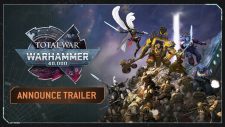

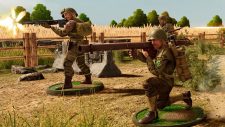

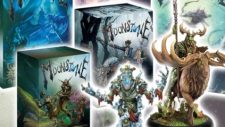




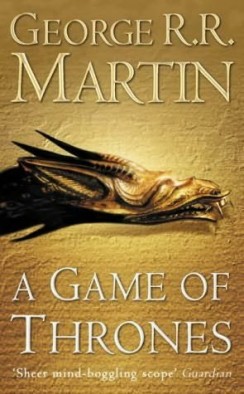
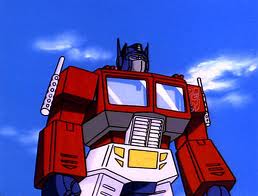
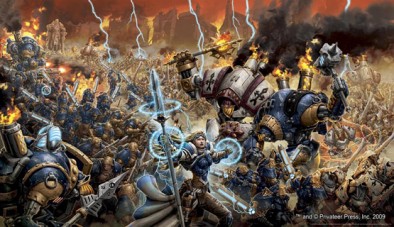

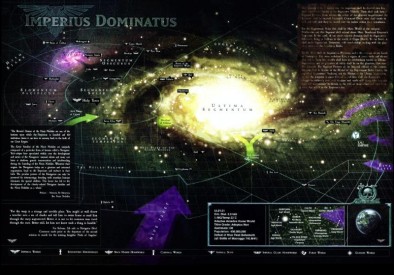

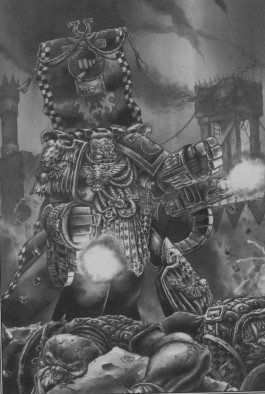
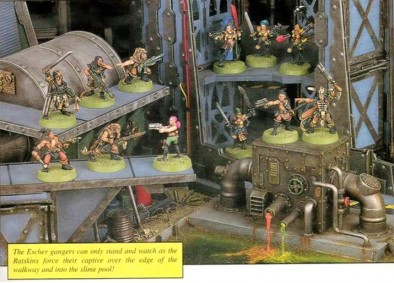
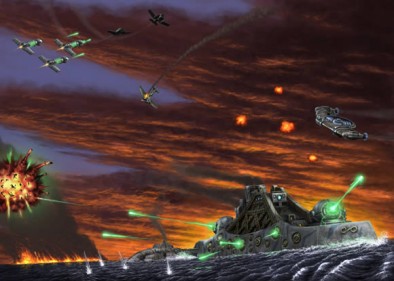

















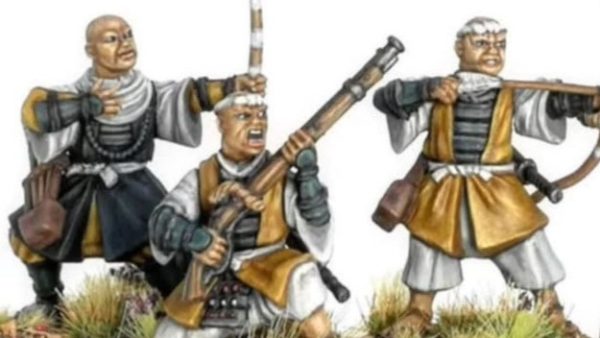
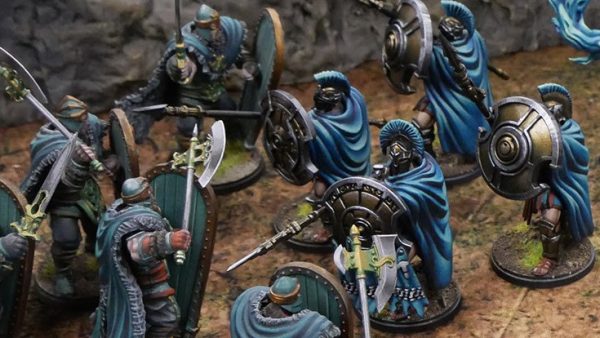
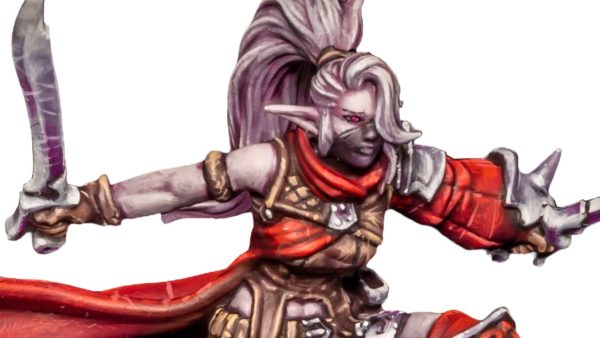
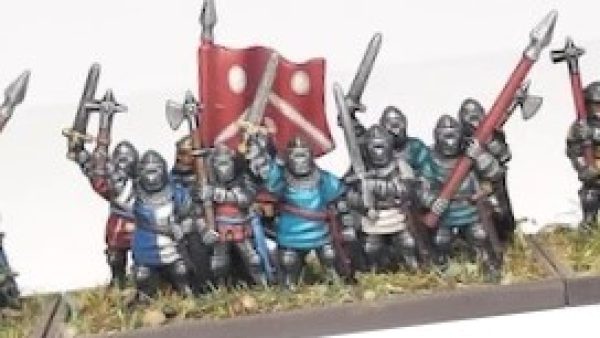
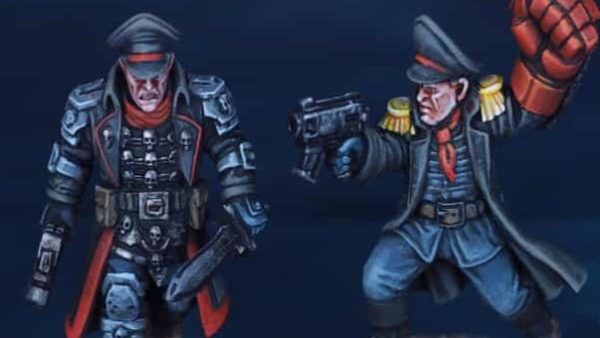



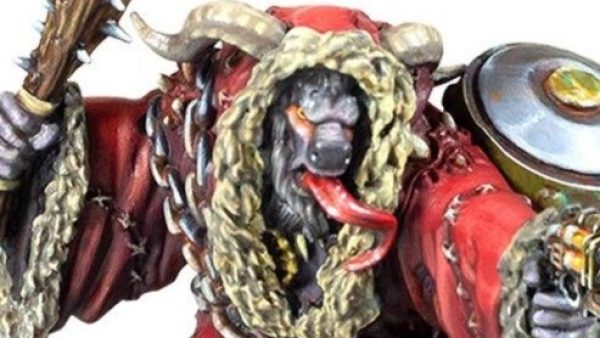
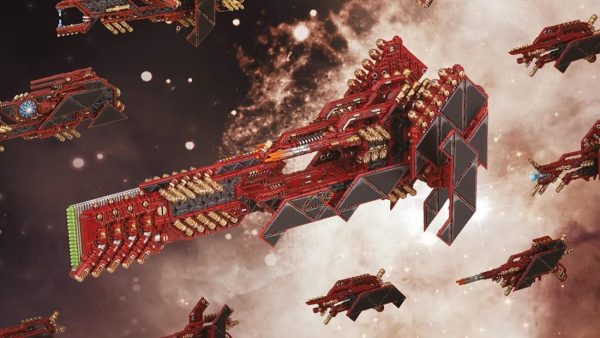


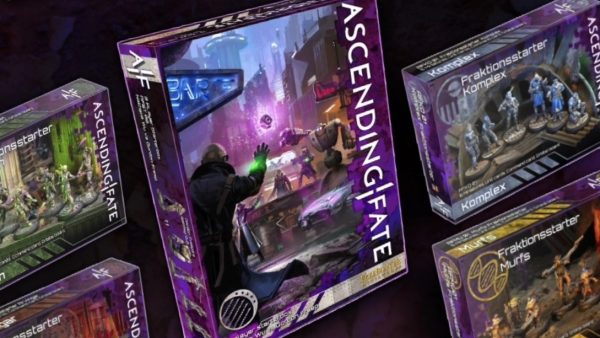
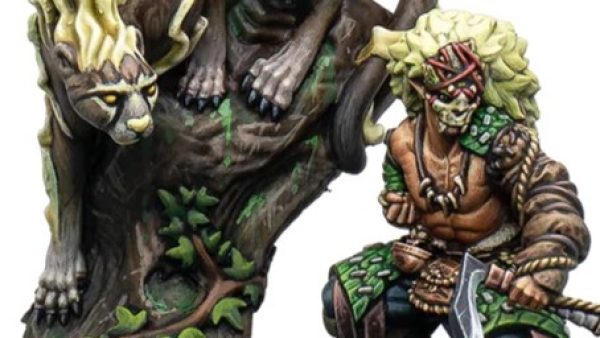
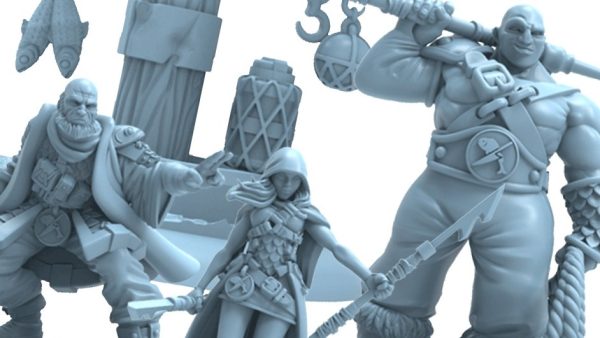
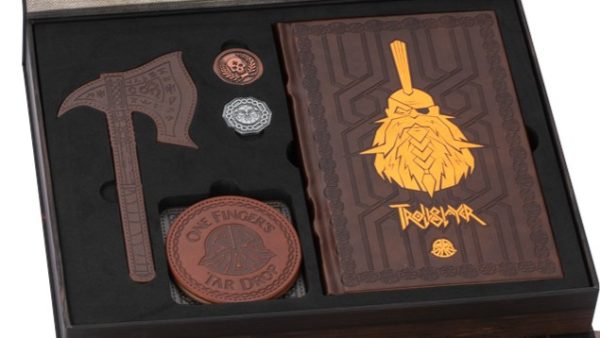
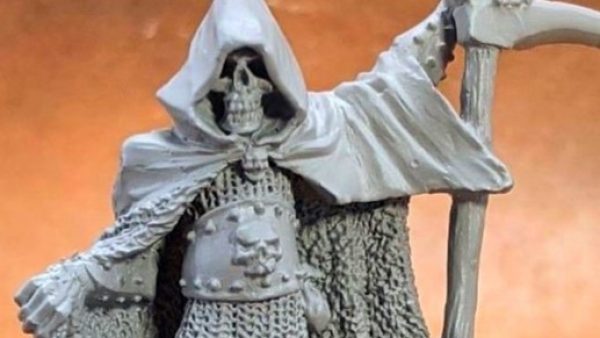
This was rather nice article. Over all I do enjoy stories a lot and this sense I have found Warmahordes more appealing than 40k or WHF. With on going story were characters (mostly casters) don’t always stay way they are and this is added to they background in every new version to show that new things have happened to them since last time.
This is also why I still love Battletech and its rich background as story keeps going forward and there even are new charachters that make they own mark to story. When ever that narrative is brought to games then that makes those games even more fun. After all armies fight for some reason other than just to win and with narrative that reason can be brought to games.
I love building narrative into my game. I even went to the lengths of building characters and stories for my entire Dwarf hold in Warhammer Fantasy.
http://www.beastsofwar.com/groups/dwarfs/forum/topic/the-venerable-history-of-kazar-gromthi/
I try and do it every time I put together a battle and I’m slowly building something similar for my Chaos Space Marines; The Disciples of the Raven.
Always fun and puts a lot more meaning into your gaming!
BoW Ben
Great work brennon, its a glass of cold refreshing water for the parched and dry gamers here in Colorado. I love building back-stories, and its always an inspiration for me to see people putting this much work into their army’s story and style. Its a great regret to me a vast majority of the communities here don’t quite hold to such things.
great article and something i have long enjoyed although i’ve always been nervous using it to add game rules outside apocalypse MK1 (not tried MK2 as of yet) however i may begin to experiment now i’ve heard how enjoyable it is and may even see what people think of the rules i wrote for my heroes in my chapter several years ago (just need to update them a little)
The GO-BOTS, an example of what happens when you don’t have a deep, developed storyline…
ironically enough i was going to mention the Go Bots but figured i didn’t want to offend anyone who actually had a soft spot for those deformed monstrosities 🙂
Ohh I have a soft spot for them, even if they are deformed monstrosities. Goes to show, even if you copy something quite well, don’t have the storyline to back it up and its relegated to obscurity.
I’ve even got some of the go-bot rock lords. What does that transform into? Ohh, a rock…
Fantastic article, and my sentiments exactly. I’m getting back into the hobby after a 5 year hiatus, and before I’ve even played my first game of 40k(I’m still painting up the army), I’ve created a sector war (politics and history) , the planets embroiled in it (profiles and backstories for each), two SM Chapters (and one traitor chapter), and several Imperial Guard units, as well as special rules to go with each. Sad to say, I enjoy the narrative even more than I enjoy painting and gaming. Love this kind of article – keep them coming!
Thanks!! It can take a little effort but i feel the rewards are well worth it. The background to all these games is a valid third part of the hobby. You have Gamers, Painters and Fluff Fans. I should probably try to balance all three a bit more !
By the way i should mention that whilst most of the images are from Google, the pics of my Marines were taken by Simon Baker, all rights Ginger Monkey Photography (not a real company – unfortunately) 😉
Congratulations on a well written and intelligent article Allen. I enjoyed reading your article, made me reminisce on the hours of fun playing some of GWs Specialist Games. Your right the fact they are no longer around (not properly anyway) is such a shame and such a loss.
I’m a big advocate for narrative in the hobby, even if its just a theme in an otherwise generic army! It just adds another level of enjoyment to the game/hobby in general!
Good article! Thank you for taking the time to write and submit it! 🙂 Much appreciated, to you and all the others who are doing the same!